When beer is fermented, yeast converts sugars into ethanol (alcohol) and carbon dioxide (CO2). In traditional fermentation, carbon dioxide escapes from the fermenter. In order to improve the efficiency of beer carbonation, modern breweries often use pressure fermenters to seal the gas in the fermenter for pressurized fermentation. Brewers were once prohibited from adding carbon dioxide to their beer due to the influence of the German Beer Purity Law, and German breweries also love to use pressure fermentation to carbonate their beer.

Advantages of pressure fermentation
Beer fermented at pressures above atmospheric pressure (0 PSI), which reduces lipids, speeds up fermentation, and naturally produces carbonates.
Suppress unwanted flavors
Fermentation is a complex reaction that produces many by-products. By fermenting under pressure, the production of many of these by-products is suppressed. Pressure fermentation is particularly beneficial to limit the production of esters, which are responsible for fruity aromas and flavors in beer. For many beer styles, especially lagers, these fruity flavors are undesirable.
Speed up fermentation
Fermenting at higher than normal temperatures often results in many off-flavors. These include higher alcohols and solvent-like odors. Under pressure, high-temperature fermentation can be guaranteed without producing off-flavors. This speeds up fermentation considerably.
Save carbon dioxide
There's nothing worse than running out of CO2 when it's time to carbonate. By fermenting under pressure, beer can be fully and naturally carbonated in the fermenter.
higher fermentation efficiency
Pressure fermentation can increase the vitality and survival rate of yeast, thereby improving fermentation efficiency.
Better stability
Because pressure fermentation can inhibit unnecessary oxidation and bacterial contamination, the stability of fermentation is higher, resulting in a more stable beer product.
Better taste
Beers fermented under pressure generally have a better mouthfeel because they contain more carbonated bubbles and head. Additionally, these beers often have a fresher, cleaner taste as well.
What is the ideal fermentation pressure?
Fermentation pressure depends on beer style, yeast choice and fermentation temperature. When using new yeast, the fermentation pressure should always be tested from atmospheric pressure. Experimentation is key to finding the optimum pressure point for different species of yeast and fermentation temperature.
Pressurized fermentation is always accompanied by high temperature fermentation. Although high-temperature fermentation can speed up the fermentation speed, the vigorous proliferation of yeast will produce too many metabolic by-products, which will affect the quality of beer. High temperature fermentation can be avoided by means of pressurization. It is very important to control the pressurization time during pressurized fermentation: if it is too early, yeast proliferation will be inhibited and affect the fermentation speed; if it is late, it will increase the production of by-products.
A word of caution, always make sure your fermenter is rated to handle the pressure you are projecting to ferment.
When should beer be pressurized?
Conical tanks are used for fermentation, and pressureless fermentation is used at the beginning of fermentation to facilitate the discharge of some bad-tasting volatile substances (such as hydrogen sulfide, acetaldehyde, diacetyl, etc.). Carbon dioxide recovery adopts micro pressure (less than 0.01~0.02Mpa) to the late stage of fermentation. Seal the can when the apparent fermentation degree reaches over 70%, and gradually increase the pressure to about 0.08MPa to gradually saturate the carbon dioxide in the wine.
Premature pressurization will cause the yeast to settle quickly, which is not conducive to the reduction of diacetyl.
In addition, due to the influence of temperature on yeast, it is advisable to increase the pressure slowly in stages. When the yeast is inoculated, there is no pressure, and the temperature is controlled at 10°C~12°C. When the fermentation degree reaches 25%~30% (at this time, the number of cells can reach about 30×106 per ml), slowly increase the pressure to about 0.03MPa, Then raise the fermentation temperature to about 16°C (at this time, the fermentation degree is about 50), and the pressure is correspondingly increased to about 0.16MPa.
TIANTAI company provides 5-150HL fermentation tanks, and also provides a complete set of turnkey brewery projects. If you are planning to build a brewery or expand the brewery, we warmly welcome your proposal and we are happy to provide you with support.
Edited by Cassie
E-mail:[email protected]
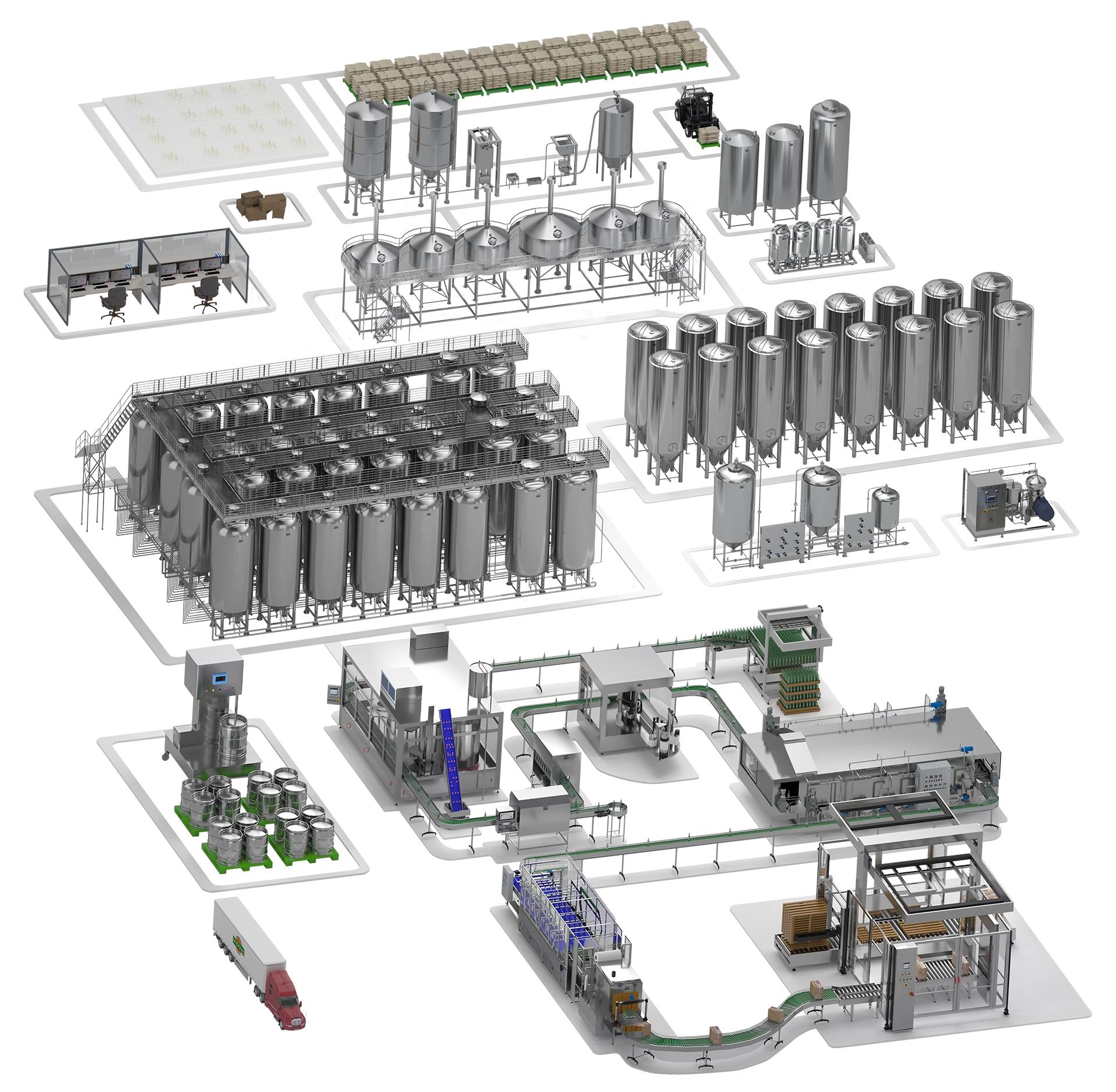
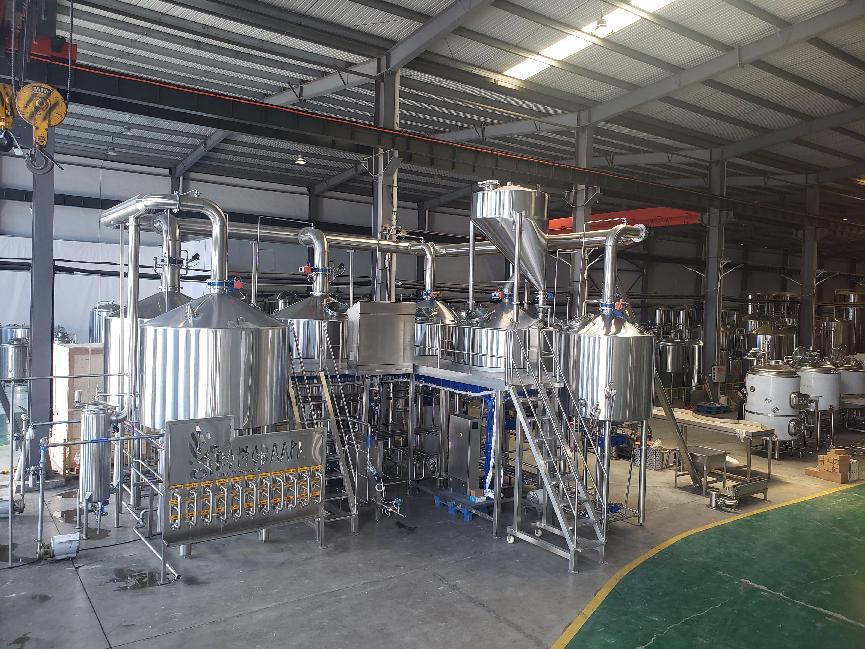
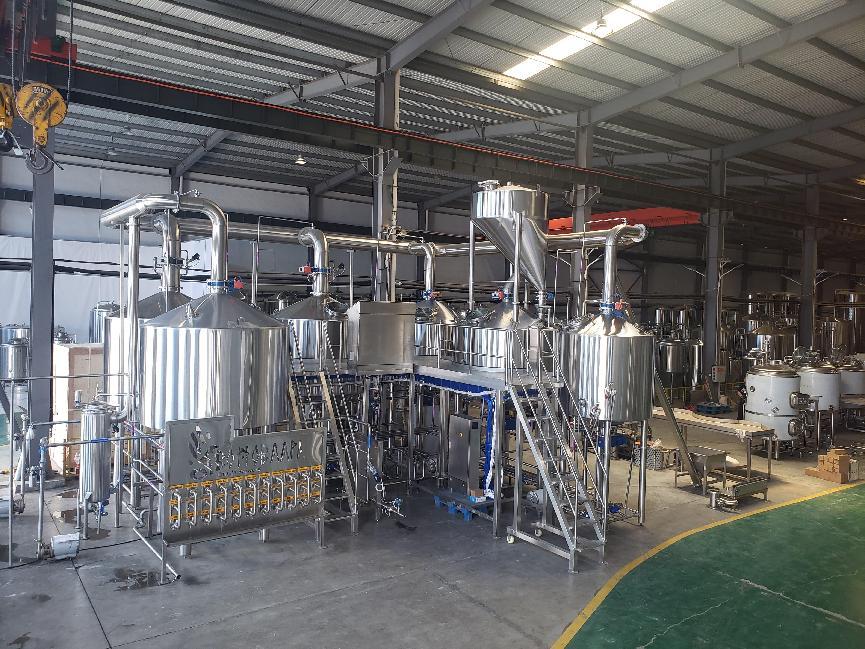
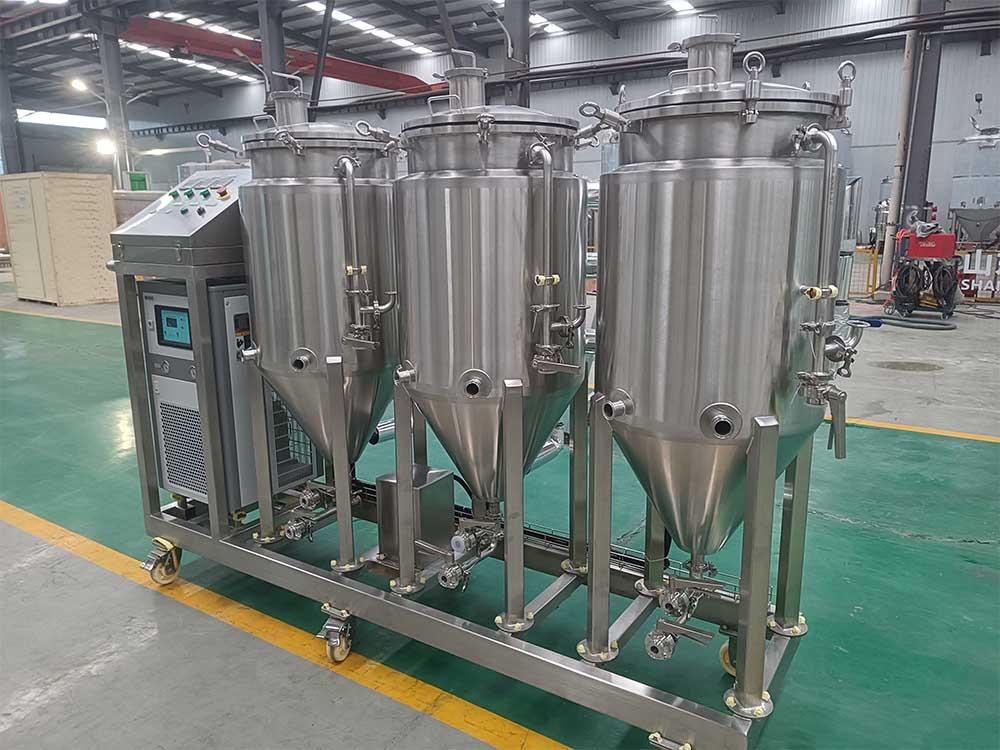





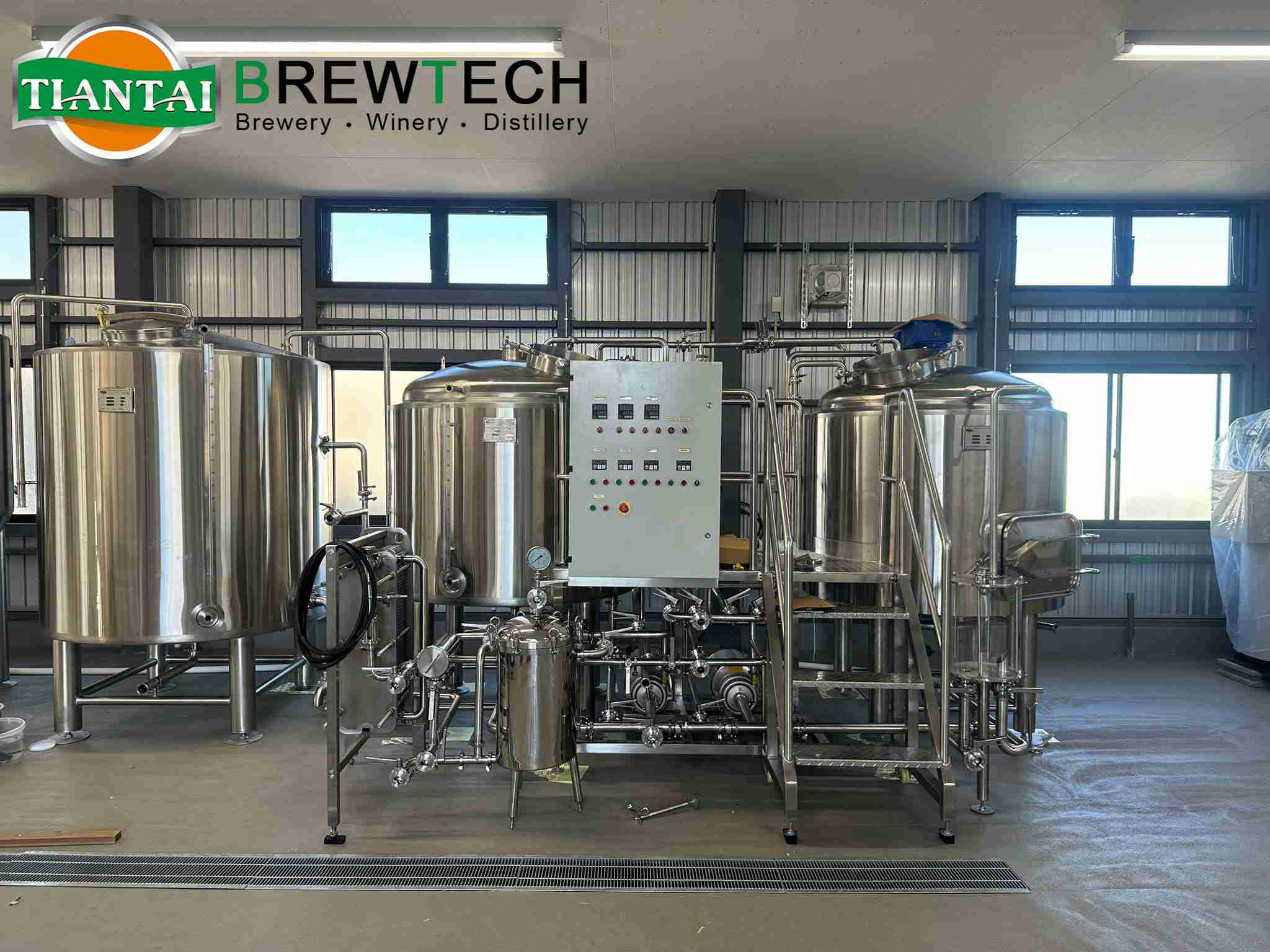
Get A Quote